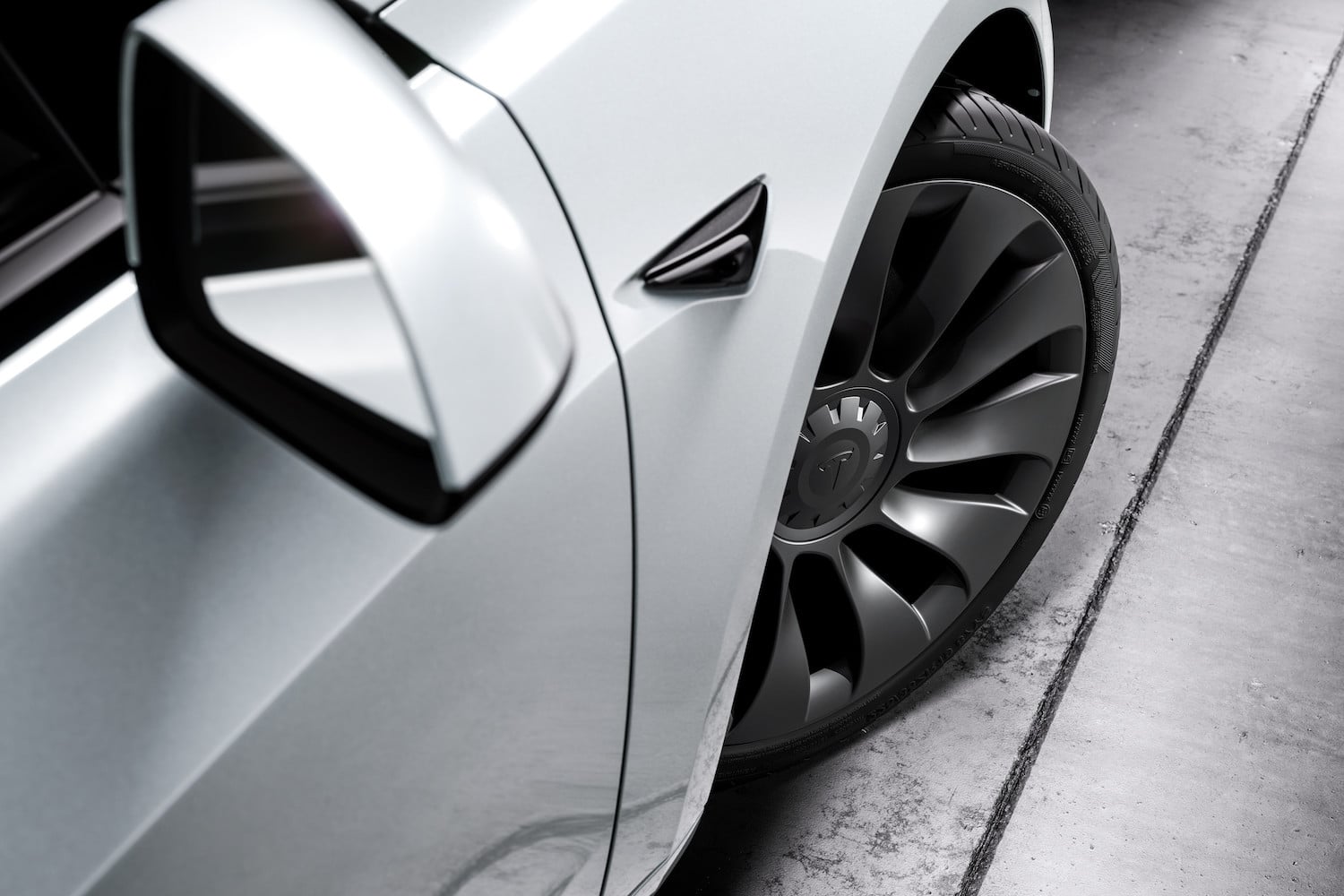Autonomy, price, look: the comeback of hubcaps

Once a source of ridicule, plastic wheel covers are now preferred over alloy wheels due to their performance.
Better is the enemy of good. It’s a well-known adage. But with the advent of electric cars, all sources of energy waste are now scrutinized closely.
And this is the case with large-diameter wheels which, under the guise of enhancing the look, degrade range and comfort. The test is easily verifiable through the homologations of new cars. The European WLTP cycle requires certifications based on wheel diameter.

As standard, the Tesla Model Y Rear-Wheel Drive with 19-inch plastic-covered wheels has a theoretical range of 455 kilometers in mixed cycle. The design of the wheels is quite anonymous, with no particular charm… intended to encourage opting for the attractive 21″ Turbine wheels. However, besides the prohibitive purchase price of 2100 euros, which makes the car ineligible for the bonus, the range drops by 25 kilometers, a -5.5% decrease!

Therefore, few customers, already anxious about running out of charge, choose these large wheels. The same applies to Renault, Peugeot, and similar brands.
The primary reason for increased energy consumption with large wheels is their greater mass. The wheels require more energy to spin and propel the vehicle, as their inertia is higher. Conversely, one might think they contribute to regenerative braking during deceleration, but ultimately, the benefit/risk ratio remains negative.
In the end, some equipment specialists have launched a whole range of ultra-designed wheel covers that respect the dimensions of the “small diameter” wheels used by manufacturers. As for the price, it’s a whole different story…
ALSO READ: How to increase your Tesla’s range? Change your wheels!
This page is translated from the original post "Autonomie, prix, look : la revanche des enjoliveurs" in French.
We also suggestthese articles:
Also read





